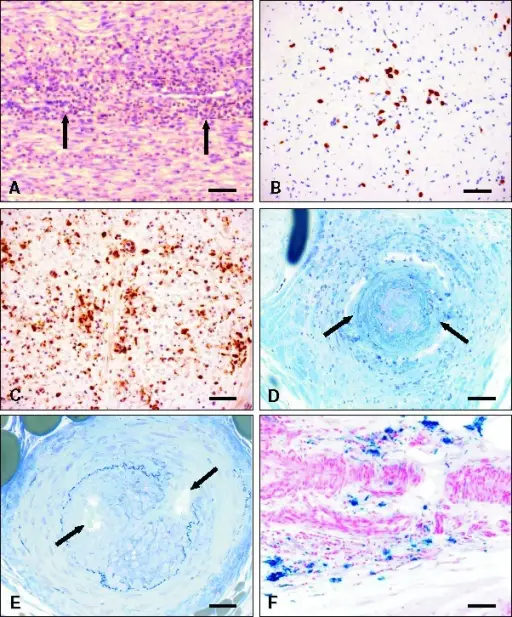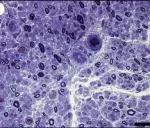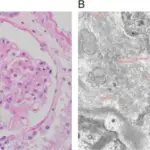Acute inflammatory demyelinating polyneuropathy (Guillain-Barre syndrome) is a life-threatening, swiftly progressive acute demyelinating ailment which affects the motor axons.
What is the Pathology of Acute Inflammatory Demyelinating Polyneuropathy (Guillain-Barre Syndrome)?
The pathology of acute inflammatory demyelinating polyneuropathy (Guillain-Barre syndrome) is quick progressive acute demyelinating ailment affecting motor axons.
-Etiology: The cause of acute inflammatory demyelinating polyneuropathy (Guillain-Barre syndrome) is the post-infection involving the peripheral nerves. Infectious agents include: Influenza, Epstein-Barr virus, Campylobacter jejuni, cytomegalovirus, and Mycoplasma pneumoniae.
-Genes involved: NA.
-Pathogenesis: The sequence of events that lead to acute inflammatory demyelinating polyneuropathy (guillain-barre syndrome) results from cell-mediated immune response, convoyed by segmented demyelination brought by activated macrophages produced during the infection.
-Morphology: The morphology associated with acute inflammatory demyelinating polyneuropathy (guillain-barre syndrome) shows inflammation of the peripheral nerve.
-Histology: The histology associated with acute inflammatory demyelinating polyneuropathy (guillain-barre syndrome) shows endoneurial/perivenular lymphocytes and macrophages infiltration.
How does Acute Inflammatory Demyelinating Polyneuropathy (Guillain-Barre Syndrome) Present?
Patients with acute inflammatory demyelinating polyneuropathy (Guillain-Barre syndrome) typically have male preponderance of older patients present at an age range of infancy and old age. The symptoms, features, and clinical findings associated with acute inflammatory demyelinating polyneuropathy (Guillain-Barre syndrome) include weakness, paralysis, and absence deep tendon reflexes.
How is Acute Inflammatory Demyelinating Polyneuropathy (Guillain-Barre Syndrome) Diagnosed?
Acute inflammatory demyelinating polyneuropathy (Guillain-Barre syndrome) through clinical presentations. Laboratory studies such as metabolic panels and CBCs, to exude other causes. Nerve conduction studies, and electromyography. peripheral neuropathy workup. MRIs disclose nerve root enhancement.
How is Acute Inflammatory Demyelinating Polyneuropathy (Guillain-Barre Syndrome) Treated?
Acute inflammatory demyelinating polyneuropathy (Guillain-Barre syndrome) is treated through hospitalization (ICU) for close monitoring. Medical care- Immunomodulatory treatment and corticosteroids therapy.
What is the Prognosis of Acute Inflammatory Demyelinating Polyneuropathy (Guillain-Barre Syndrome)?
The prognosis of acute inflammatory demyelinating polyneuropathy (Guillain-Barre syndrome) is fair with a 2-12% mortality rate.



